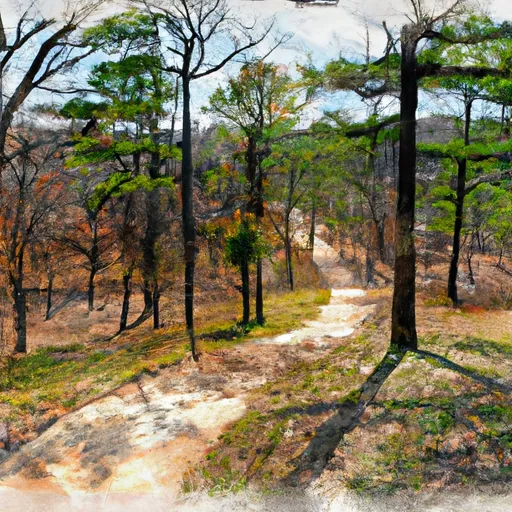°F
°F
mph
Windspeed
%
Humidity











Dodge, Texas is located in Walker County and has a humid subtropical climate, with hot summers and mild winters. The area receives an average of 48 inches of rainfall per year, with the wettest months being May and June. The hydrology constituents in the area are primarily made up of the Trinity River, which runs through the county, and the Sam Houston National Forest, which provides a critical watershed that helps sustain the river. Outdoor recreation opportunities in Dodge include fishing, hunting, hiking, and camping in the Sam Houston National Forest. The forest offers over 80 miles of trails, scenic drives, and picnic areas, making it a popular destination for outdoor enthusiasts.
Weather Forecast
Dodge receives approximately 1213mm of rain per year, with humidity levels near 84% and air temperatures averaging around 20°C. Dodge has a plant hardyness factor of 8, meaning plants and agriculture in this region tend to thrive here all year round.
Regional Streamflow Levels
121
Cubic Feet Per Second
158
Cubic Feet Per Second
260
Cubic Feet Per Second
267
Cubic Feet Per Second
Nearby Camping
| Camping Area | Reservations | Toilets | Showers |
|---|---|---|---|
| Fish Hawke Point | |||
| Lake Hawkins County RV Park | |||
| Mission Tejas State Park | |||
| Tyler State Park | |||
| Rusk - Palestine Park | |||
| Lake Jacksonville Campground |



